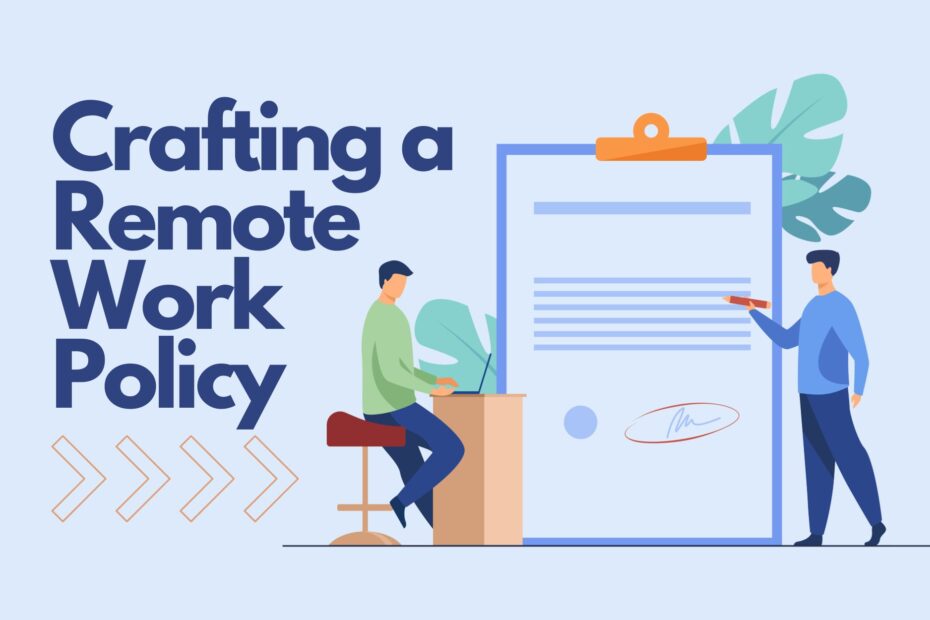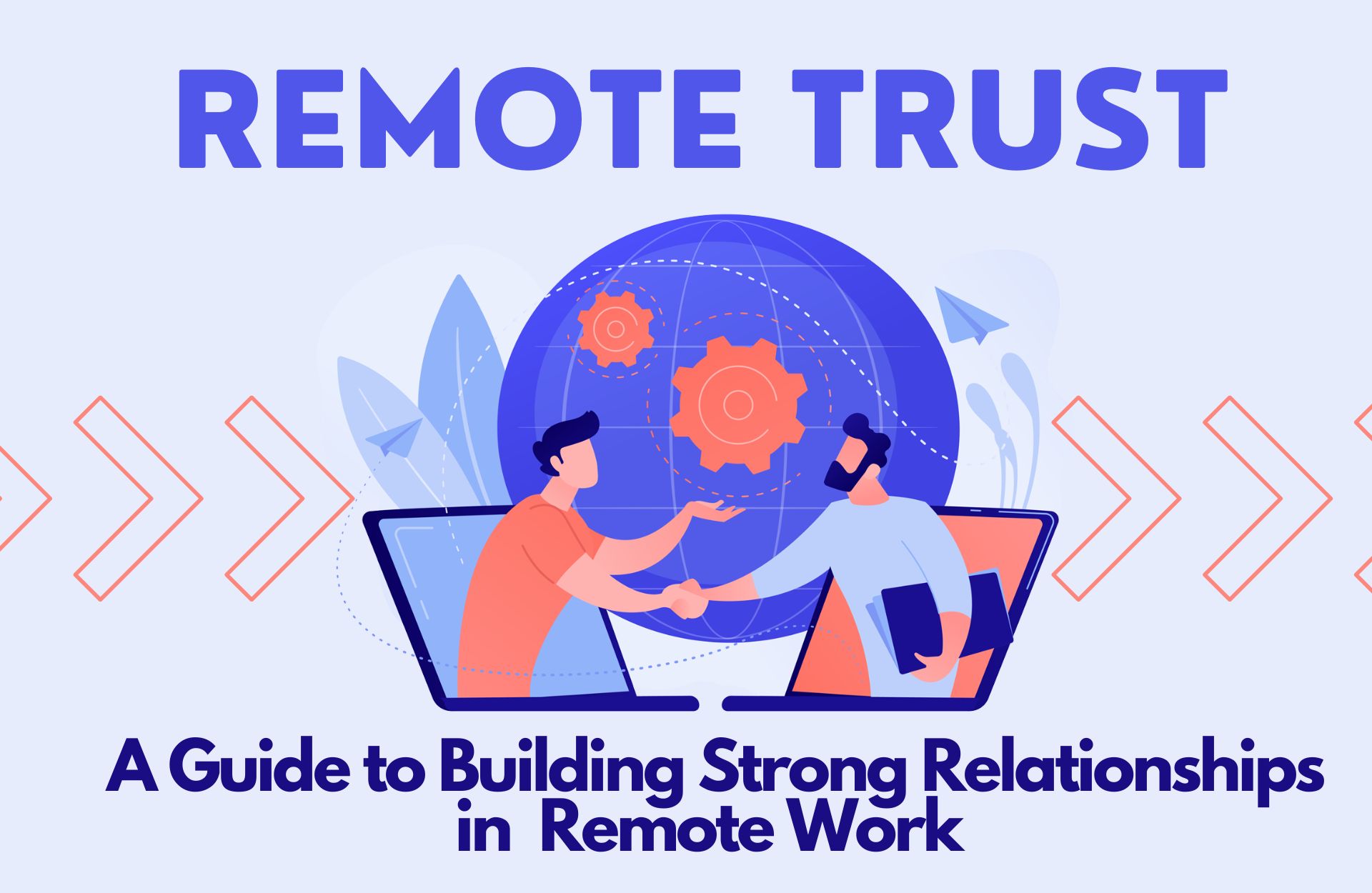As remote work takes over the world, companies must adapt and create a Remote work policy to keep up with the trend. A Remote work policy can be your ace in the hole, making sure that employees working remotely stay on the right track. A well-crafted policy can help remote workers stay productive, and focused, and avoid slacking off. In this article, we’ll take you through a step-by-step guide on how to create a Remote work policy that can help your company reap the rewards of remote work.
Assessing Your Business Needs
If you’re considering crafting a comprehensive Remote work policy, the first step is to assess your business needs – this means considering the nature of your business and the type of work that your employees do. If your business relies on in-person interactions or specialized equipment, remote work may not be a good fit for you – but who needs flexible work options anyway, right? Additionally, you’ll need to consider the impact that remote work will have on your business operations, including productivity, communication, and collaboration. Don’t worry, by assessing your business needs, you can determine whether remote work is a good fit for your organization, and if it’s not, you can continue to be stuck in the past like a dinosaur.
Outlining the Remote Work Policy
In this section, we’ll be serving you a mouthwatering dish of the key components of a comprehensive Remote work policy. This includes the why’s, who’s, what’s, how’s, and the dos and don’ts of the policy. Buckle up as we take you through the steps on how to create a Remote work policy that will keep your remote workforce in check and support your business goals.
Useful Resources: Employee Remote Work Policy Template (Free Download)
Defining Work Hours and Availability
Let’s be honest, defining work hours and availability is like building a strong foundation for your Remote work policy. Without it, your employees could be working 24/7, or not at all! It’s crucial to establish crystal-clear expectations and boundaries for both employees and employers. The policy should outline the standard work hours, including any breaks, and the number of hours that employees are required to work per week. Moreover, it should specify how employees will communicate their availability, and how employers will ensure that they have access to employees during the agreed-upon work hours.
Outlining Communication Expectations and Protocols
When it comes to remote work, communication is key, and having a well-defined communication protocol in a Remote work policy is like having a compass in the wilderness. This section ensures that employees don’t get lost in the vast and treacherous territory of virtual communication. The policy should provide clear guidance on the appropriate channels for different types of communication, such as email for official messages, chat tools for quick queries, and video conferencing for virtual face-to-face meetings. It should also set expectations on how frequently employees should communicate, how quickly they should respond, and how to avoid being lost in cyberspace. After all, no one wants to be left stranded in a virtual black hole of unanswered messages.
Defining Equipment and Technology Requirements
If you want your remote workers to be productive, you need to ensure they have the proper tools and tech gadgets. Defining the equipment and technology requirements is like choosing the right tools for the job. Without the right equipment, your remote employees are like a carpenter without a hammer. You wouldn’t want them to be hammering away with a rock, would you?
Security is also a major concern when it comes to remote work. You don’t want your employees to compromise your organization’s data or network by using their personal devices. That would be like inviting a burglar into your house and giving them the keys to your safe. Make sure to address this concern in your policy.
Who is responsible for the cost of equipment, repairs, and upgrades? This is a question that needs to be answered. You don’t want your employees to end up paying for the tools they need to do their job. That would be like asking a farmer to plow a field without providing them with a tractor. Be clear in your policy to avoid any confusion or frustration.
Addressing Data Security and Privacy Concerns
In this digital age, protecting sensitive information is like guarding a treasure. In a Remote work policy, addressing data security and privacy concerns is akin to building a fortress around that treasure. Companies must ensure that their remote employees have the highest level of security to access the company’s networks and systems and that confidential company and customer data is kept under lock and key. This section of the policy should outline the company’s strict policies and procedures for data security, including encryption and other security tools to keep hackers at bay. Additionally, it should provide guidelines for the secure storage and disposal of data, as well as what actions employees should take in case of a security incident or data breach.
Setting Clear Performance Expectations and Evaluating Productivity
Crafting a policy that defines and measures work performance can be a real game-changer when it comes to working from home. Employers should establish metrics that align with the company’s goals and expectations, and then track employee progress with all the digital tools at their disposal. By doing so, they can ensure that their remote workers are putting in the work and staying motivated, without having to hover over their virtual shoulders.
Tips: It’s important to provide regular feedback and support, as this can help employees stay on track and be successful in their remote work.
Implementing and Communicating the Policy
Now that the Remote work policy has been outlined, it’s time to put it into action and make sure everyone is on the same page. If you don’t communicate it properly, it’s like trying to drive a car without a steering wheel. Holding a company-wide meeting or town hall is a great way to get everyone on board and give them a chance to voice their concerns. Additionally, including the policy in the employee handbook is like giving them a map to navigate through the wilderness.
It’s not enough to just have employees sign the policy, they need to understand it too. Otherwise, it’s like handing them a book written in a foreign language. Make sure they are clear on the expectations and requirements so they can do their job properly. And, as with anything in life, be open to feedback and adjust the policy as needed to make it work for everyone involved. It’s like trying on a new outfit – it may not fit perfectly at first, but with a little tweaking, it can be just right.
You may also like:

Conclusion
If you want your remote workforce to soar like an eagle, crafting a comprehensive Remote work policy is essential. You need to carefully assess your business needs and outline a policy that promotes effective communication, productivity, and data security. By setting clear expectations, providing necessary equipment, and evaluating performance, you can create a virtual utopia that everyone can enjoy. Of course, it’s not enough to just create the policy – you need to communicate it to your employees too. Don’t worry, you don’t have to shout it from the rooftops – a simple town hall meeting and an employee handbook should do the trick. With a little planning and communication, your Remote work policy can make your remote workforce happier than a pig in mud.





